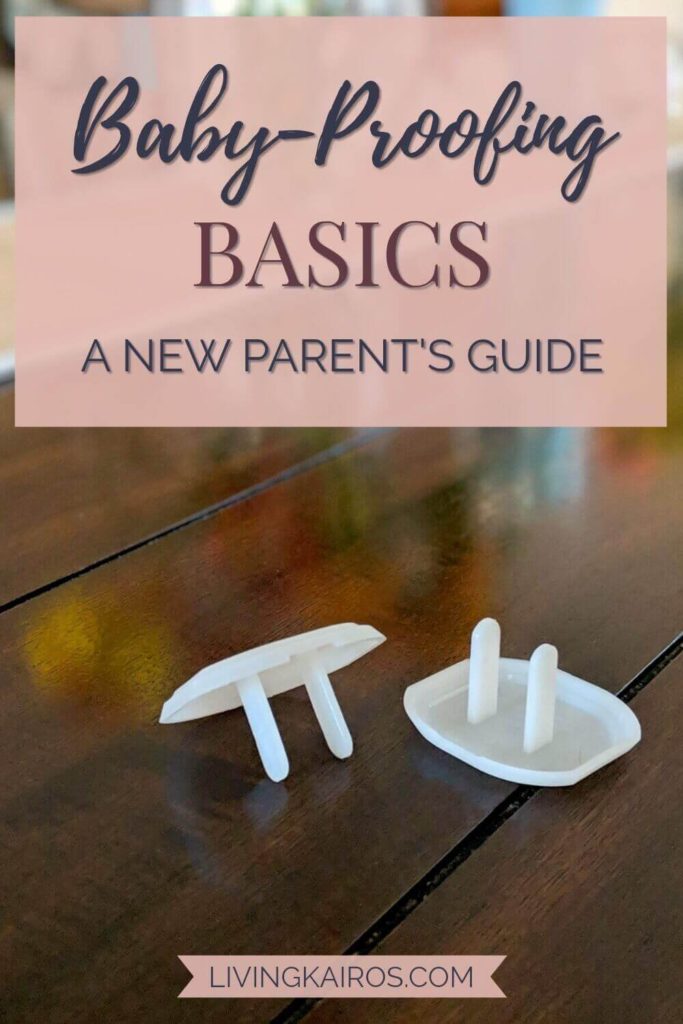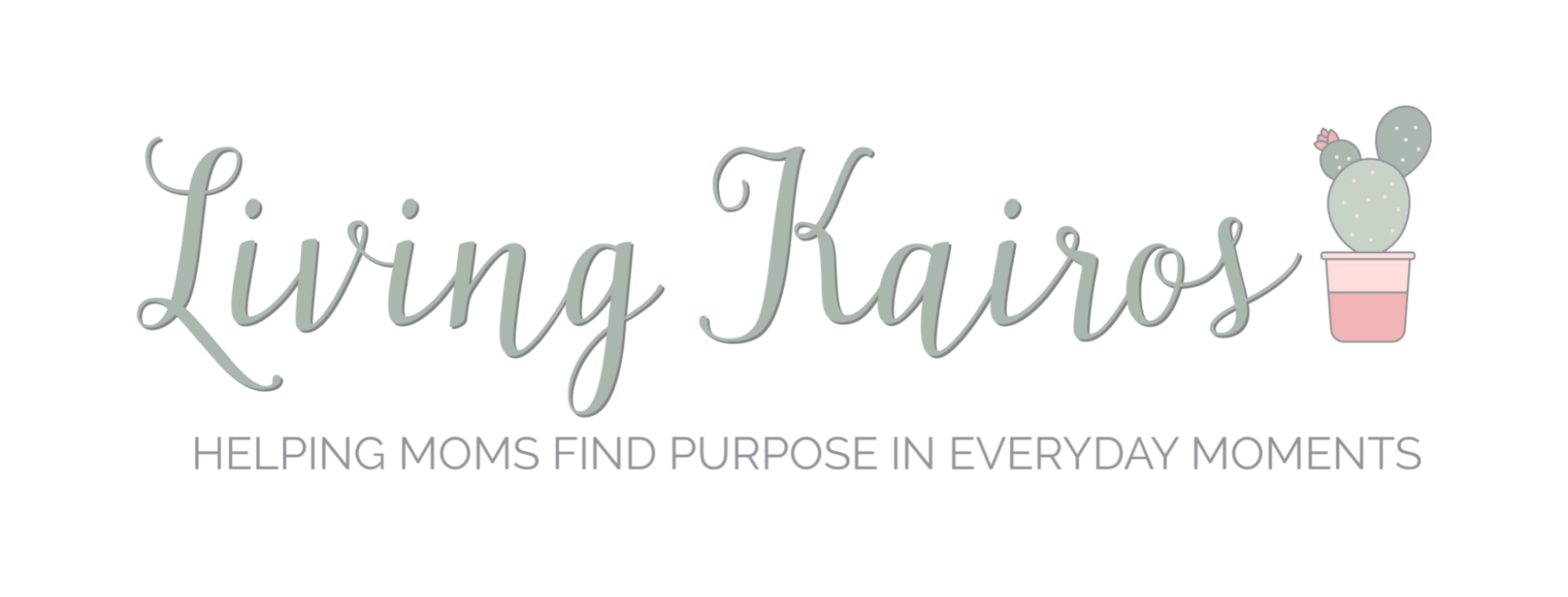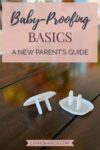Every new parent wants their baby to stay safe. You really don’t understand how many everyday objects and situations are hazardous until your little one arrives. Providing a safe environment is very important, but how exactly do you create it? Here are some baby-proofing basics to get you started!

Baby-proofing for first-time parents
Every new parent experiences that weird feeling as they leave the hospital with their new baby. The gravity of the situation hits you and you realize that you no longer have a team of doctors and nurses to help you with your little one. You and your spouse are on your own. The responsibility for keeping this tiny human alive rests solely on your shoulders.
Baby-proofing basics for newborns isn’t super involved because they can’t really go anywhere yet (don’t worry, that won’t last long). So when you bring your little bundle home, your primary safety focus is car seat and crib safety.
But as your baby gets older, suddenly there’s a whole new set of hazards. We thought our house was relatively safe for Little Man—until he started crawling. Suddenly every corner of our house became a danger zone, and we had to make some serious changes to keep him safe.
Baby-proofing basics: the hazards
As your baby grows, he wants to learn about the world around him. Obviously, he has no idea what’s dangerous and what’s not. All he knows is that electrical outlet looks pretty cool. So it’s up to you to locate and deal with the hazards in your home. Luckily, I’ve identified the most common ones (pretty much from experience because my child is, shall we say, adventurous).
Electrical outlets and cords
As soon as Little Man learned to crawl, he went straight for the electrical outlet in his room. I don’t know why it was so fascinating to him, but he was drawn to it like a moth to a flame (dark reference, sorry). We are working on teaching him to leave it alone, but as a precaution, we decided to cover all the outlets with those plastic outlet covers. And you know what? As soon as we covered them, he lost interest. Go figure.
The covers aren’t expensive, and they make some really cool ones now that are really hard to get off. And I mean really hard. Hard for me, even.
Hanging cords and power strips are another hazard to little babies. Little Man loves the light on the power strip at my work station, so I had to push it behind my desk where he can’t reach it. Babies love to grab anything that hangs, so tie up those loose cords and keep them out of little fingers’ reach.
Cabinets containing dangerous items
Little Man loves being in the kitchen with me while I’m cooking, and he loves exploring my cabinets. The contents of which are generally not baby-friendly. So we added some cabinet locks, the kind you have to push down from the inside. We like these because he can’t see them and therefore doesn’t mess around with them. Also, they aren’t insanely hard for an adult to open. The goal is baby-proof, not adult-proof.
Since I want to cultivate Little Man’s love of “helping” in the kitchen, I cleared off the space under my island and set out some safe kitchen things for him to play with: tupperware lids, rubber spatulas, and a tiny whisk. He loves grabbing these items off his little shelf and playing with them while I cook.
Make sure to store all chemicals where baby absolutely cannot get at them, and be sure to have the number for poison control handy just in case. We have a magnet on our refrigerator with the number. Obviously, praying we never have to use it.
Furniture
Furniture is pretty hazardous because of the fall factor. Bookshelves, dressers, and chests of drawers can fall on top of a baby if she tries to climb it. Prevent a terrible accident by investing in some furniture straps. They are super easy to install and provide great peace of mind. Clearly you won’t be encouraging your child to climb the bookshelves, but you’ll be covered in case she does while you’re not looking.
Stairs
Oh, stairs. No list of baby-proofing basics would be complete without mentioning this death trap. We had stairs growing up, and I’m sure my brothers and I each fell down them at least a couple times. What is it that attracts kids to stairs? Seriously? We only have a couple small steps in our house, but all Little Man wants to do is climb them. And of course, they’re tile, so it’s gonna hurt if he falls.
Enter the baby gate. My husband and I had dogs before kids, and we invested in some pretty sturdy baby gates to keep them contained. And now they are perfect for keeping Little Man away from places he shouldn’t go, like the stairs. There are tons of different gates on the market, including some really heavy duty ones that you can mount on the walls. But we like the pressure-mount gates better because we can move them wherever we need. I use them all over the place every single day. I love to let Little Man explore, so the gates help him stay safe.
Small objects and clutter
Clutter is the enemy of baby-proofing basics. As I’ve mentioned before, I’m pretty bad at decluttering, but as Little Man has become more mobile, I’ve really buckled down to get that clutter gone. When your environment is cluttered, it’s easy to miss tiny objects. And you can bet that your curious baby will find those tiny objects and try to stick them in her mouth.
Before Little Man started crawling, our pediatrician gave us some good advice. She said for each of us to get down on the floor and crawl around to see what we could see at baby-level. And we found some scary stuff: a couple pennies, a little screw, an old battery. Thankfully, none of that ended up in our little guy’s mouth, but think of what could have happened if it did!
Another small-object hazard is pet food. Again, babies are drawn to pet food like crazy, and of course they want to taste it! So pick those bowls off the floor when your little one is exploring to avoid a choking hazard. And never, ever feed your pets while your baby is on the floor. No matter how well-tempered your furry friend is, you never know how he’ll react if he feels his food is threatened.
There you have it, mama. Those baby-proofing basics aren’t as hard as you thought, right? And now that you know what situations are hazardous to your little one, you can get to work creating a super fun and safe environment.
What are your baby-proofing basics? Tell us in the comments!


